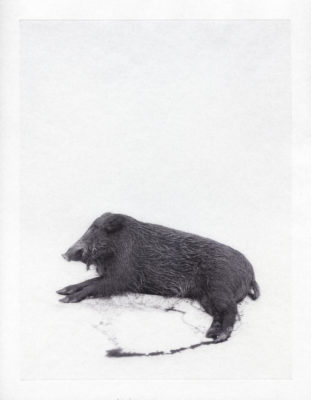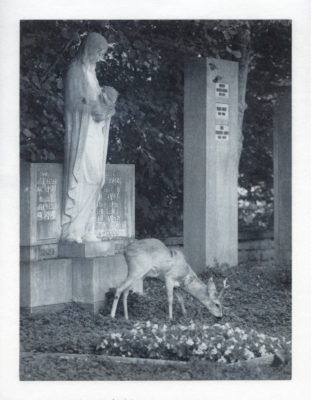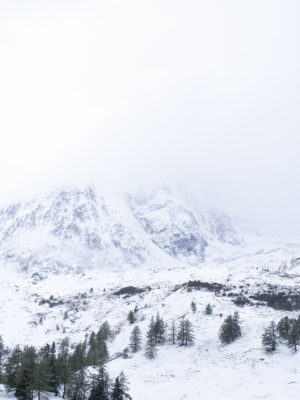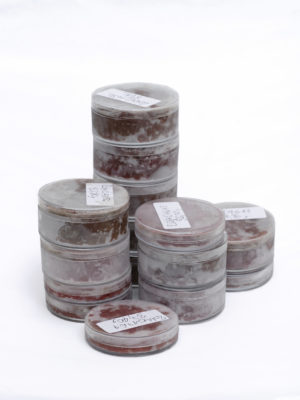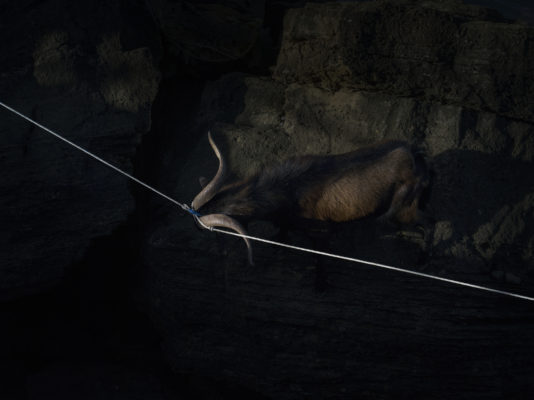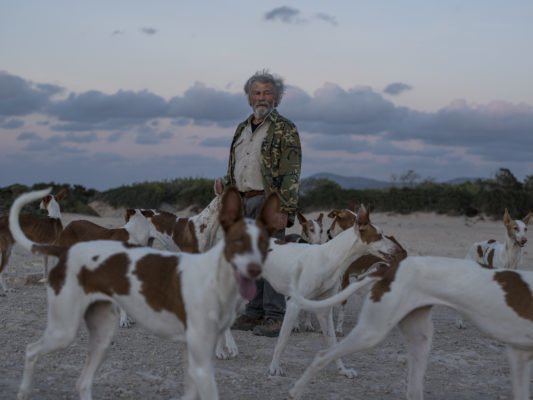Arguiñe Escandón et Yann Gross
The photographer and film director Yann Gross was born in Vevey, Switzerland and studied at the École cantonale d’art de Lausanne (ECAL). His pictures regularly address the construction of the imaginary world and involve a certain escapism. He has been awarded several international prizes including an award from the International Festival of Fashion and Photography in Hyères, the Descubrimientos Photo España and the Dummy Book Award at the Rencontres d’Arles. In addition to Aya, he has published three other books, Horizonville, Kitintale and The Jungle Book.
Arguiñe Escandón was born in Bilbao and spent part of her childhood in Seville. She graduated with a degree in audio-visual communication and continued her postgraduate studies at the photography schools EFTI and BlankPaper in Madrid. Escandón is also trained in “life coaching and emotional intelligence”, and psychology plays an important part in her projects, emphasising the processes of readapting and transforming one’s life.
Arguiñe Escandón and Yann Gross met during the Photo España Festival in 2008 while they were both taking part in the exhibition Descubrimientos (Discovery Award).
Project
Travesía
After discovering an enigmatic postcard dating back to 1902 and featuring Charles Kroehle, a pioneer of photography in Amazonia, Gross and Escandón set about researching this relatively unknown figure in the history of photography.
And so began their collaboration on the Aya project, which led them, too, to Peruvian Amazonia in 2016. Using archives and contemporary images, they offer a dialogue between the portrayal of exoticism and their own sensory experience. With this Amazonian backdrop, they also experimented with the photosensitive properties of plants, working hand-in-hand with indigenous communities.
Yann Gross and Arguiñe Escandón are now continuing their research in Europe, identifying plants whose properties allow them to obtain “phytotypes”. However, in addition to scientific-photographic techniques, this also involves their rethinking the role of plants in a world shaped by human beings that perceive non-humans as machines essentially for utilitarian ends.
Furthermore, the photographic duo do more than just offer a classic portrayal of the plant itself, more than merely produce a kind of 18th century herbarium or botanical atlas… they introduce contemporary stories from all over the plant kingdom from a quirky and original perspective. With its photosensitive emulsion, each plant reveals its role in the world around it.


